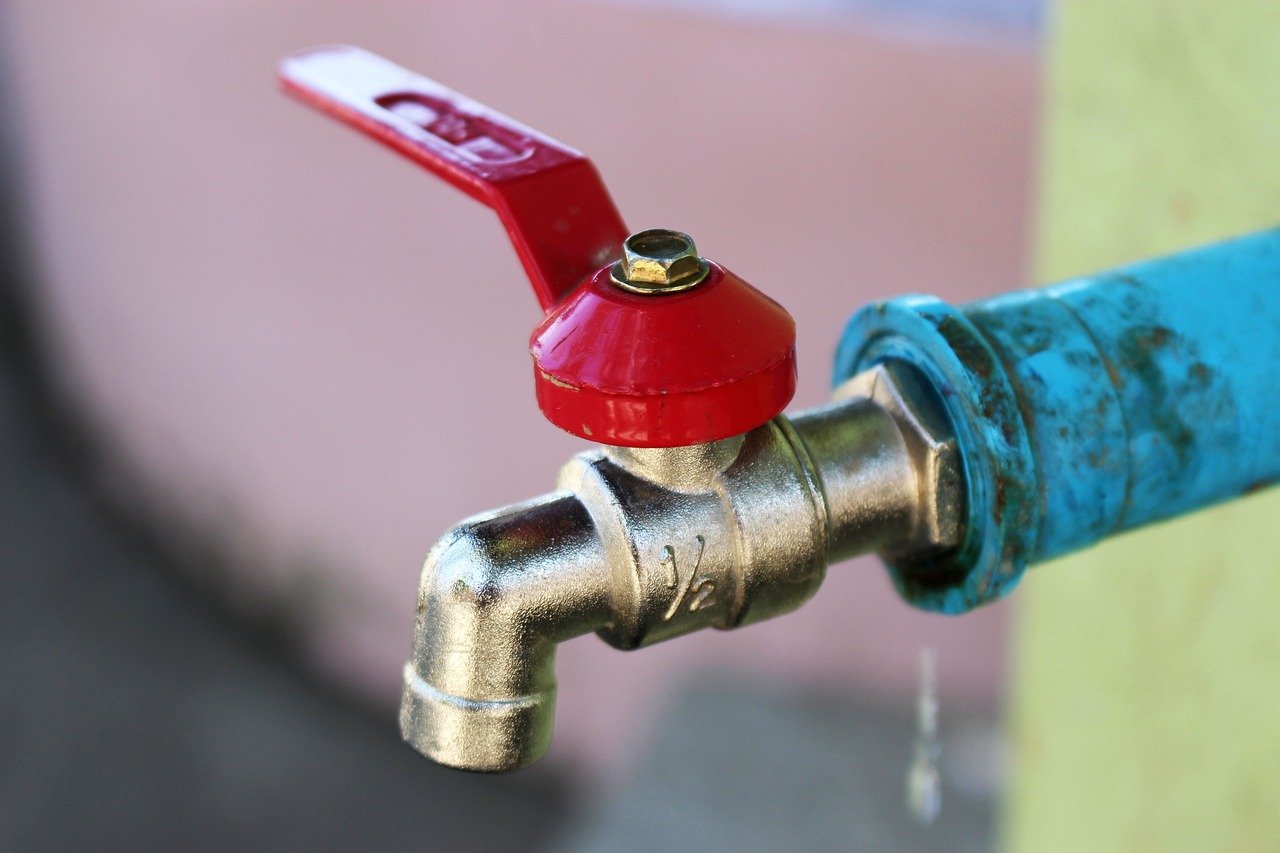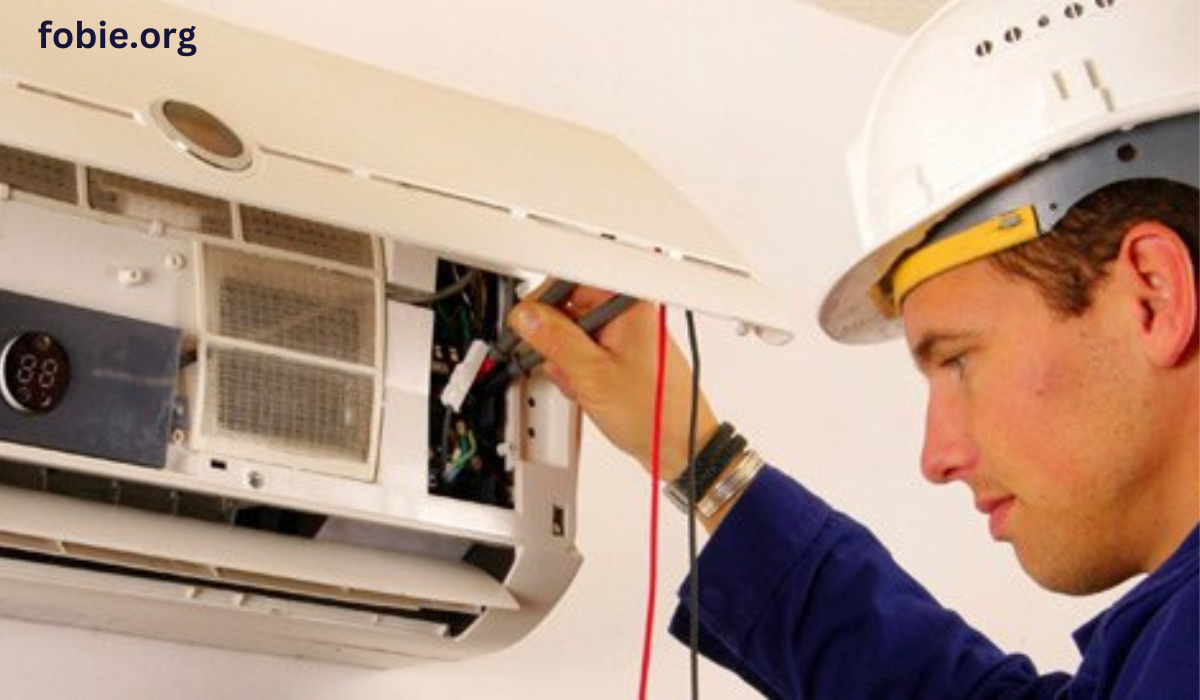Key Takeaways:
- Understand common winter plumbing hazards and preventive measures.
- Learn practical steps for safeguarding outdoor faucets.
- Discover broader strategies for winterizing your home’s plumbing system.
Introduction to Winter Plumbing Hazards
As temperatures plummet, the integrity of your home’s plumbing system faces direct threats from the cold. One of the unique hazards of winter is the possibility of frozen pipe breaks, which can result in costly and substantial water damage. Preparing for these challenges in advance is crucial. Addressing these issues before they start can be as straightforward as ensuring your outdoor faucet frozen problem is never more than a passing worry. Cold snaps and frosty nights can freeze water in pipelines, potentially leading to ruptures that result in high repair costs.
According to industry reports, frozen pipes are one of the most prevalent issues during the winter. They lead to substantial financial burdens and cause immense inconvenience for homeowners. Understanding these winter plumbing dangers gives you an edge in taking timely preventive measures.
The Dangers Frozen Faucets Pose
Often exposed to harsh conditions, outdoor faucets are the frontline in the battle against freezing temperatures. When temperatures drop below freezing, water within the accessible metal parts of the pipe can freeze. When frozen, water expands and puts pressure on whatever contains it, leading to fractures and ruptures in pipes. This seemingly minor issue can escalate to significant water damage inside the home, soaking drywall, floors, and furnishings.
Burst pipes can cause damage, costing homeowners thousands of dollars in repairs. The unchecked water flow can cause structural damage, mold growth, and electrical hazards, which are cumbersome and costly to rectify.
Preventive Tips for Protecting Outdoor Faucets
You can take several practical measures to protect outdoor faucets from freezing. Start with the most straightforward step: disconnect your garden hoses at the season’s end. Leaving hoses connected traps water within, predisposing faucets and hoses to freezing. Disconnecting allows any residual water to drain, thus minimizing the risk of freezing shards leading to pipe bursts.
Covering your faucets with insulated covers or purchasing specifically designed frost-proof spigots ensures additional protection. An insulated cover is an inexpensive, effective solution to guard against winter chills. Meanwhile, frost-proof faucets replace standard ones with a built-in protective mechanism, keeping your pipes safe from freezing temperatures.
Broader Plumbing Winterization Strategies
Winterizing your entire plumbing system involves a holistic approach beyond the outdoor faucets. Ensure all your pipes are properly insulated, particularly those in unheated spaces like attics and basements or along external walls. Using foam pipe insulation can significantly reduce the chance of freezing.
Furthermore, maintaining a steady, warm indoor temperature is critical, even if you are not home. This constant temperature ensures no part of the piping system can chill below the freezing point. Opening cabinet doors, especially those under sinks and near walls, encourage warm air circulation around plumbing, minimizing freeze risks.
Recognizing Warning Signs of Plumbing Issues
Plumbing problems that are discovered early on can prevent tragedy. Noticeable changes like reduced water pressure, pipe condensation, and subtle water leaks or damp spots can indicate brewing trouble. Attending to these warning signs quickly can prevent more severe issues from developing.











